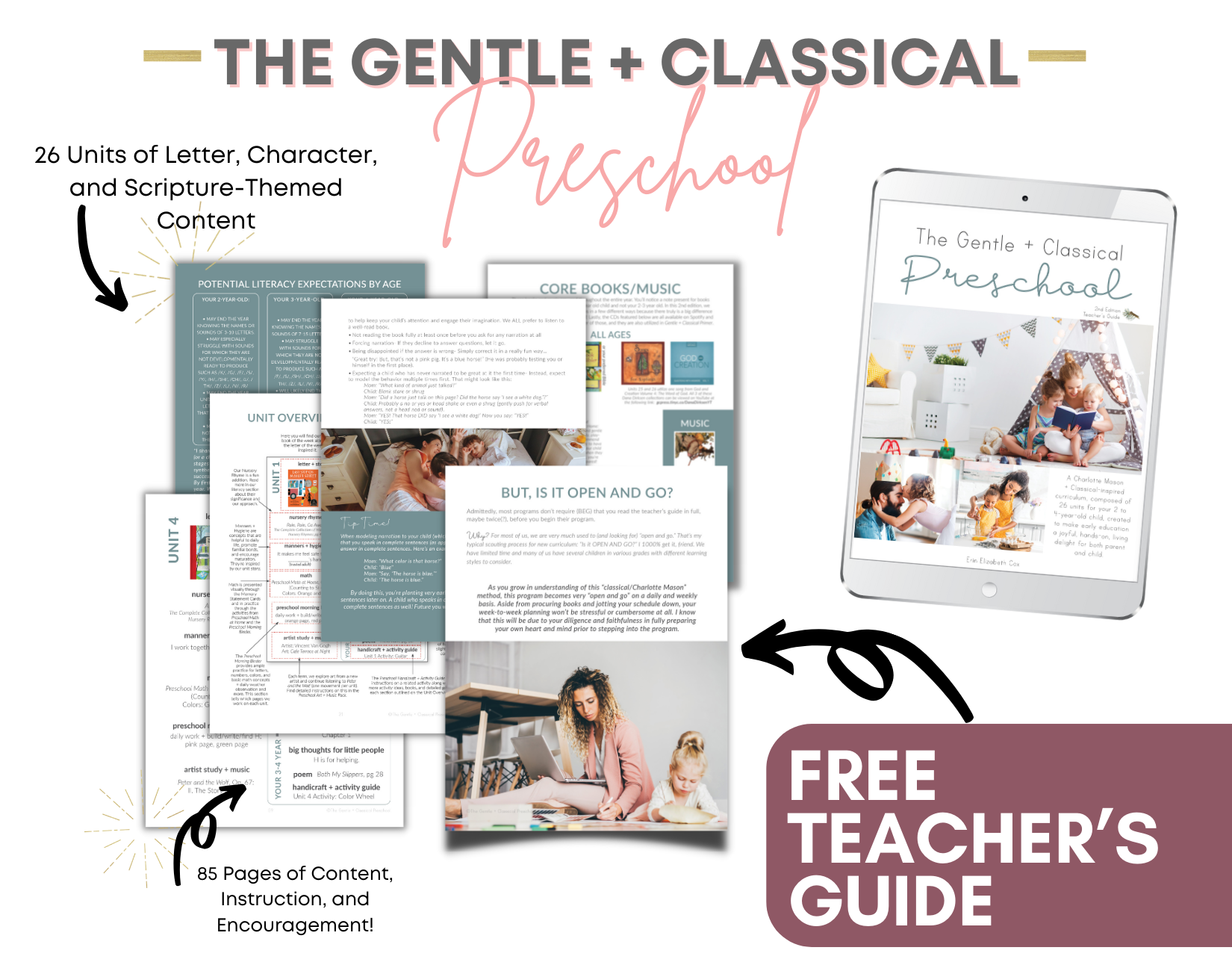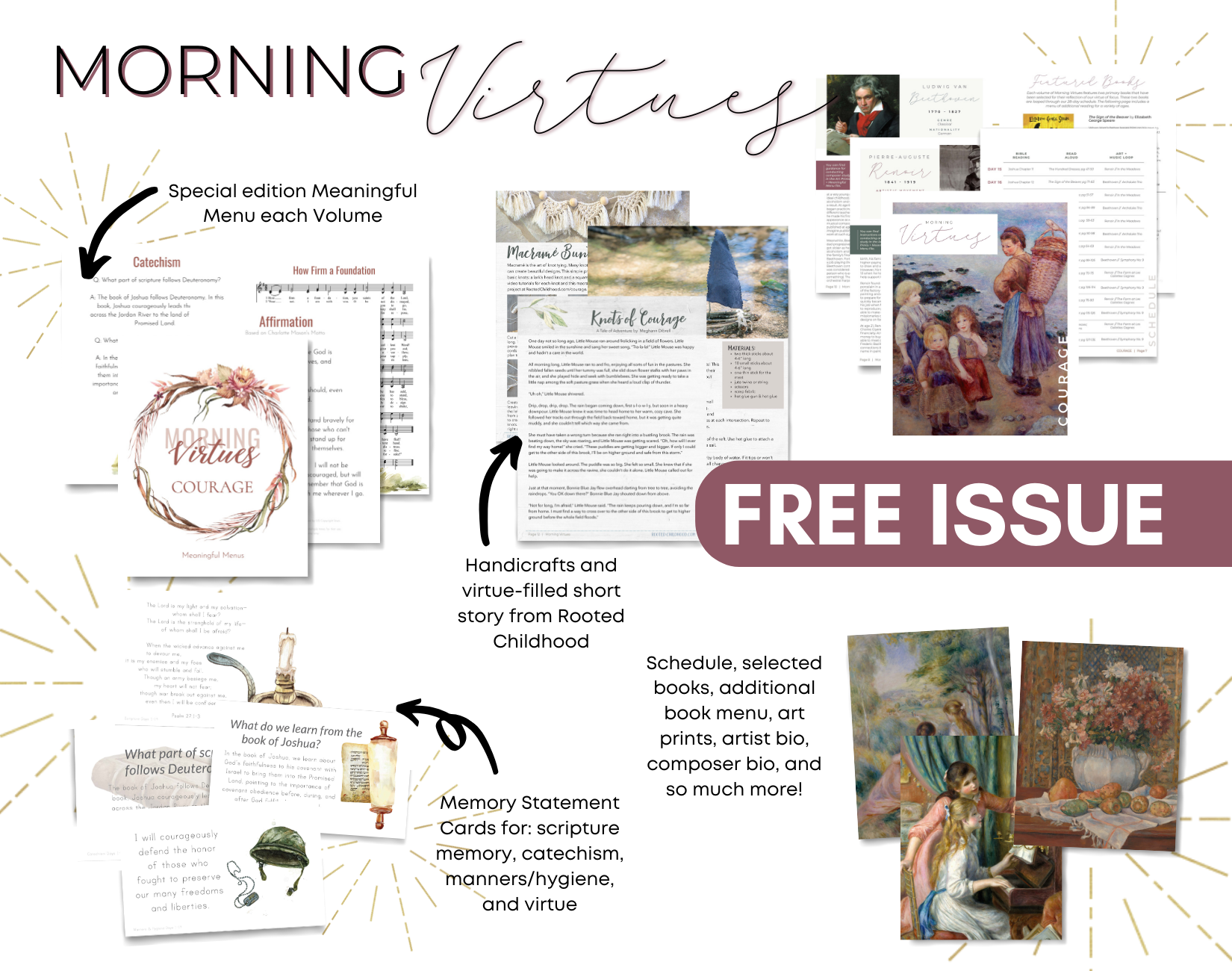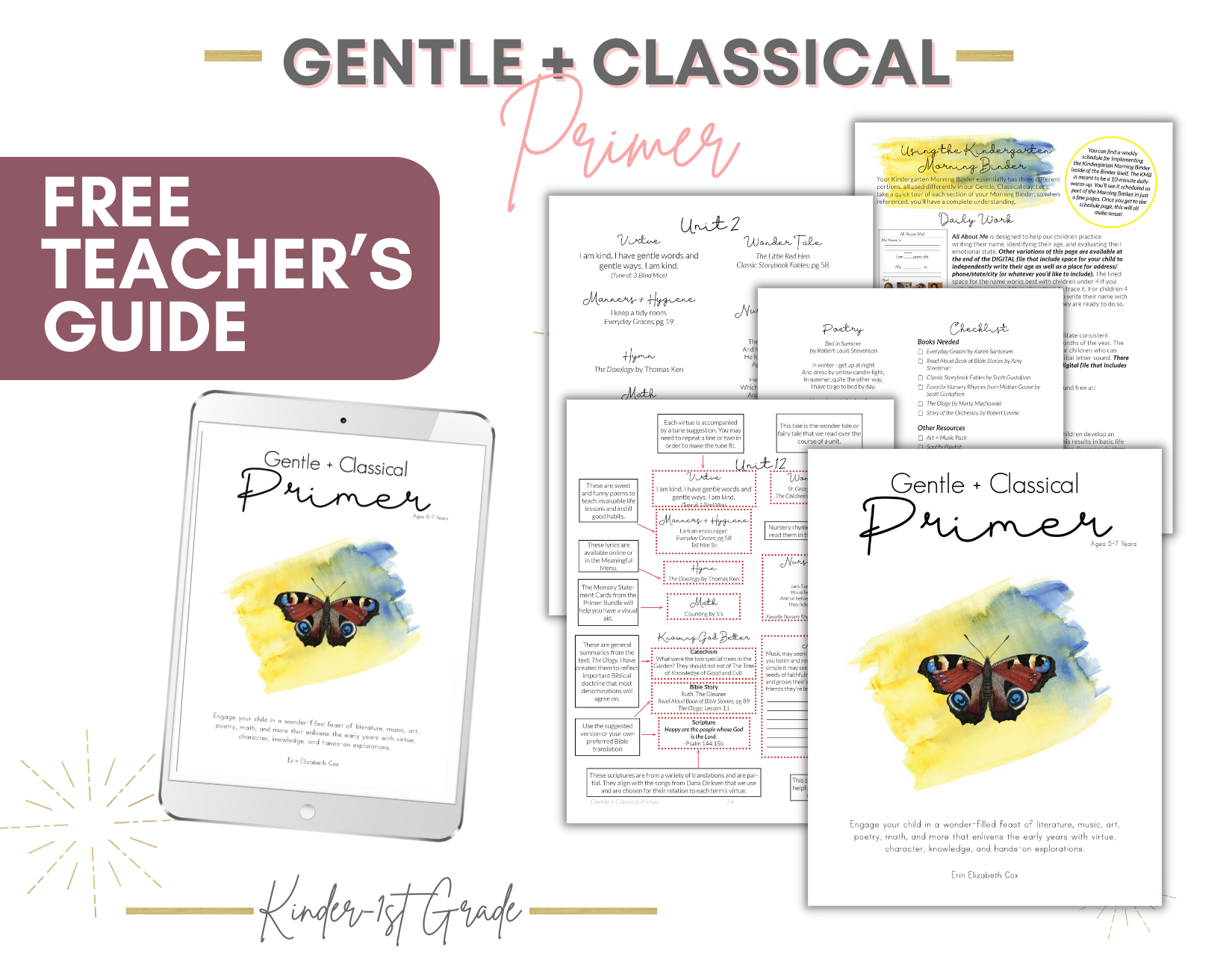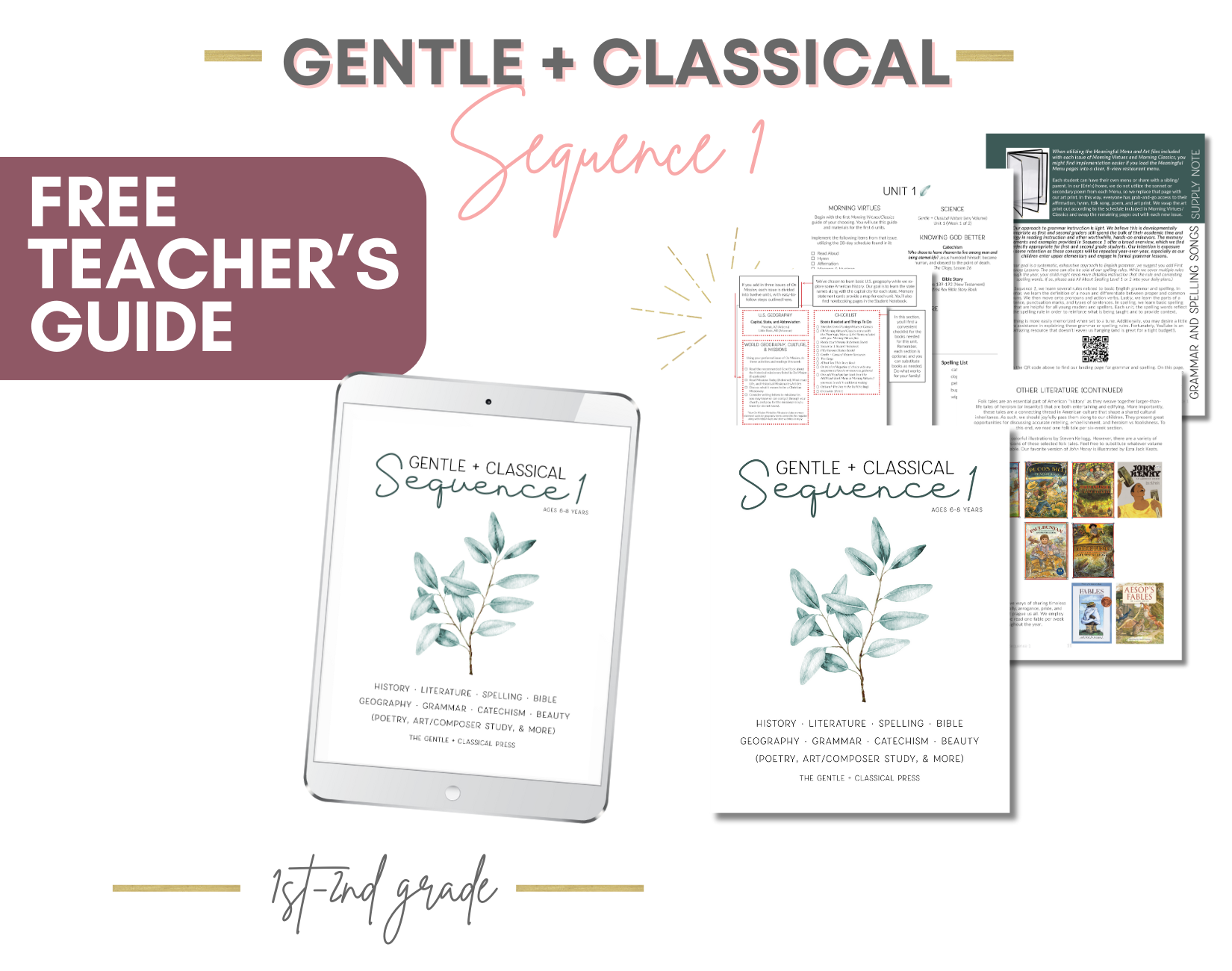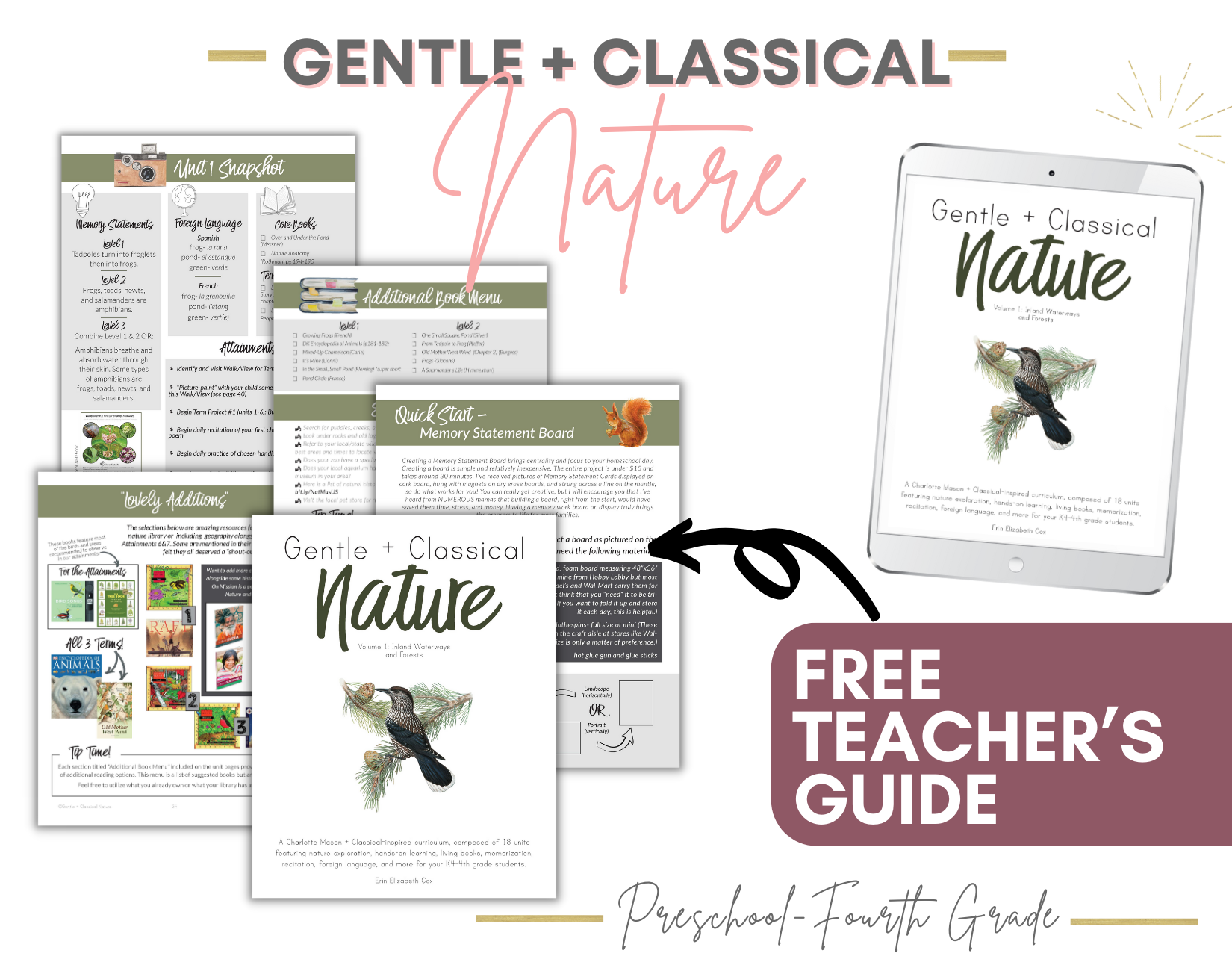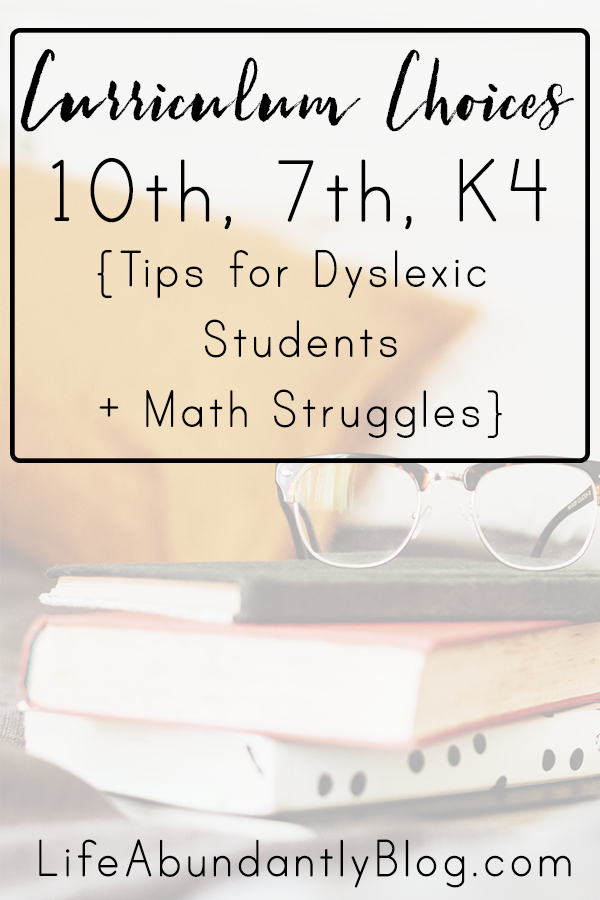Everything You Ever Wanted to Know About Math-U-See {Even through High School!}
/I’m so excited to share this review with you! This is the ONE curriculum that I have never once been tempted to stop using! I tend to get my head turned by shiny, new homeschool curriculum. It’s so much fun to try new things, and there are always new products coming out that I can’t wait to check out. But not when it comes to math.
When I first started homeschooling, one of my mentors gave me some great advice. I was sharing with her how I worried that I wouldn’t be able to give my kids a strong math education because I had struggled so much with math in school. Her advice was to find a program that had a good reputation, that suited my teaching style, and that my kids didn’t hate, and then stick with it all the way through. Her reasoning was that the best way to avoid gaps in math knowledge is to use one program from beginning to end.
After a brief stint with a different math program that just wasn’t working well for us, I decided to try Math U See. I immediately fell in love! My kids went from dreading math, to declaring that math was their favorite subject. As a math-phobic kid, I didn’t know it was possible to love math. Haha! And I have to say, that using this program has changed my mind about math. It has filled in the gaps I had myself, and has given me so much more confidence in teaching my own children.
PROS
For the younger years especially, the INTEGER BLOCK set is one of the biggest pros to this program. Two of my kids really prefer hands-on learning, and the blocks have helped them to unlock so many math concepts. I love how each number is represented by a different color because it begins to build a visual memory in the child’s brain for that numeral. I’ve heard some parents question if that causes the child to only associate the number with the specific color, but with my four children, that hasn’t been the case at all. In almost all cases, once they have practiced a few times using the blocks, they swiftly move on to working out the problems on paper with better understanding.
The next HUGE pro is the DVD component. It is like having an actual math tutor sitting in my living room. Here’s how it works in my house. Every Monday, the kids take turns watching their math lesson for the week. If they need to pause and ask a question or rewind for clarity, they do so at their own leisure. This is great, because it takes me out of the equation. (Don’t get me wrong. I still check all their work and help if they are stuck, but Mr. Demme is much less, shall we say, emotional than I am. He doesn’t take it personally when they have to rewind his lesson 14 times to understand it.)
For the early years (Primer through Zeta), you may be able to explain all the concepts yourself, but I have found that the DVDs present the information in a unique way that has helped my kids to have a much better understanding of math beyond just finding the correct answer. The math tricks he shares are different from the ones I learned growing up, so they offer another way for the kids to learn math concepts.
I tend to lean towards Charlotte Mason ideas in our homeschool, so another pro for me is that Math U See has SHORT LESSONS! Each worksheet typically has between ten to twenty problems on it, and each week has six worksheets plus a bonus worksheet. The first three worksheets (A-C) each week focus on the new skill they’re learning. The next three (D-F) are a mix of the new skill and review of previous concepts. The bonus sheet usually focuses on real life application through word problems or multistep problems. I love that the worksheets are short enough that my kids learn the skill thoroughly without melting down because it takes too long to finish a lesson.
Which brings me to another pro: MASTERY. Math U See is mastery based, which means that you are spending an entire year focusing on one specific type of math skill. For the elementary levels it breaks down like this:
Alpha-basic addition and subtraction
Beta-multi-digit addition and subtraction
Gamma-multiplication
Delta-division
Epsilon-fractions
Zeta-decimals
I have to admit that at first I was unsure about the pacing. It seemed like waiting until level 5 to begin learning fractions was too late in the game. I have now used all of the elementary levels with my children, and I can honestly say that it has not been an issue at all. My older daughter is currently doing Epsilon, and she has quickly progressed from identifying fractions to multiplying, dividing, and reducing fractions with no trouble at all because of the solid math foundation she has from the previous levels.
One final thing I love about Math U See is how it INTEGRATES various math concepts throughout each level. For instance, when it teaches multiplication, it begins introducing geometry concepts such as finding the area of a rectangle; when teaching decimals, there is a strong focus on money; and while they are learning fractions, measurement is covered thoroughly.
CONS
As I mentioned in the pros section, the sequence of Math U See is radically different from how math is typically taught. If your child is likely to return to public or private school, they may have some gaps depending on what level of Math U See they reached. If they made it all the way through Zeta (level 6), I feel they could easily slip right in to a new math program. But if they are in the earlier levels, there are probably some skills they haven’t covered yet that most elementary students may have already learned in a traditional math program.
Because the format is the same for all the levels-video, 6 worksheets, test-it can become monotonous at times. We occasionally mix things up with some gameschooling, either online or with board games and card games.
This is a preference, but my kids cannot stand when the spine of a book doesn’t allow the book to lie flat. Because of this, I always take the Math U See workbooks to Office Depot and have them spiral bound. I think the cost is around $3, and it is well worth it!
Price
For the elementary levels, you definitely need the Integer Block Set. The cost is $83, but check for used sets. There are tons out there! I got a set for $15 from a friend who no longer needed them.
Each level has Universal Set, which includes the instructor’s manual, dvd, student workbook, test booklet, integer block set, and 12 months of access to the digital pack. These vary in price from $136-$182. Check them out on Rainbow Resource here (you get free shipping over $50!).
If you already own the Integer Block Set, you can purchase the Level Up Set, which includes everything from the Universal Set except the blocks. The price for this set varies from $64-$119.
Math U See also offers individual student or teacher sets.
Final Thoughts
One common misconception is that the upper levels are not challenging enough compared to other math programs. My oldest child has completed Algebra I and is currently taking Geometry using Math U See. Last year he took the Iowa Basic Skills Test and scored in the 95th percentile for math, so I am very pleased with the math education he has received from Math U See. If your child is planning to pursue a math-focused career, you might want to switch to a more challenging curriculum when he or she reaches high school.
Overall I feel like Math U See does a fantastic job of relating math back to real life, so that the students understand the purpose of learning each concept. From our experience, it has done an excellent job of preparing my oldest for higher math concepts, and it's a curriculum I won't be leaving anytime soon.
Head over to Math U See to check out their videos and resources.
***Neither Hayley or Erin have been compensated in any way for any portion of this review!

